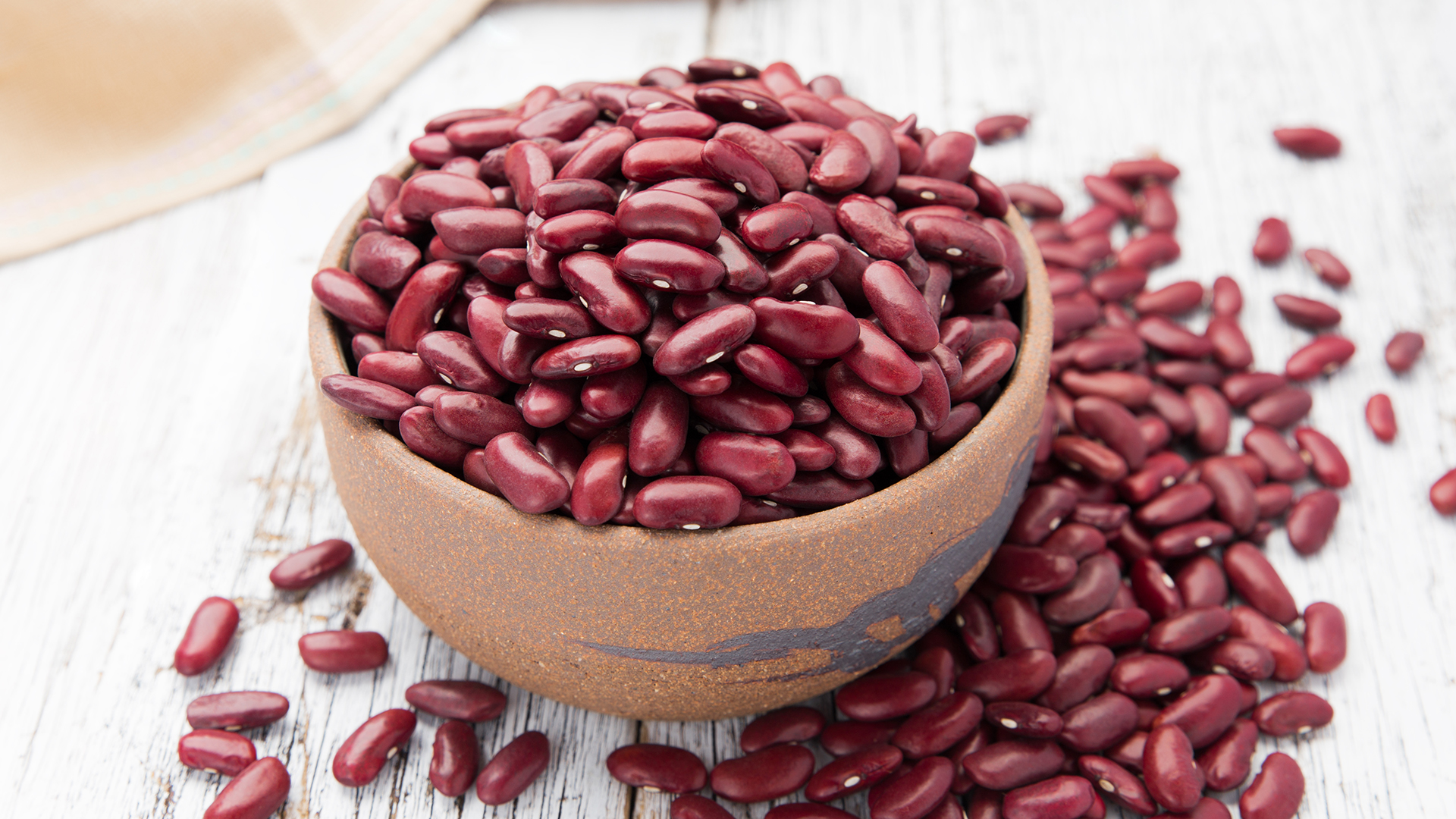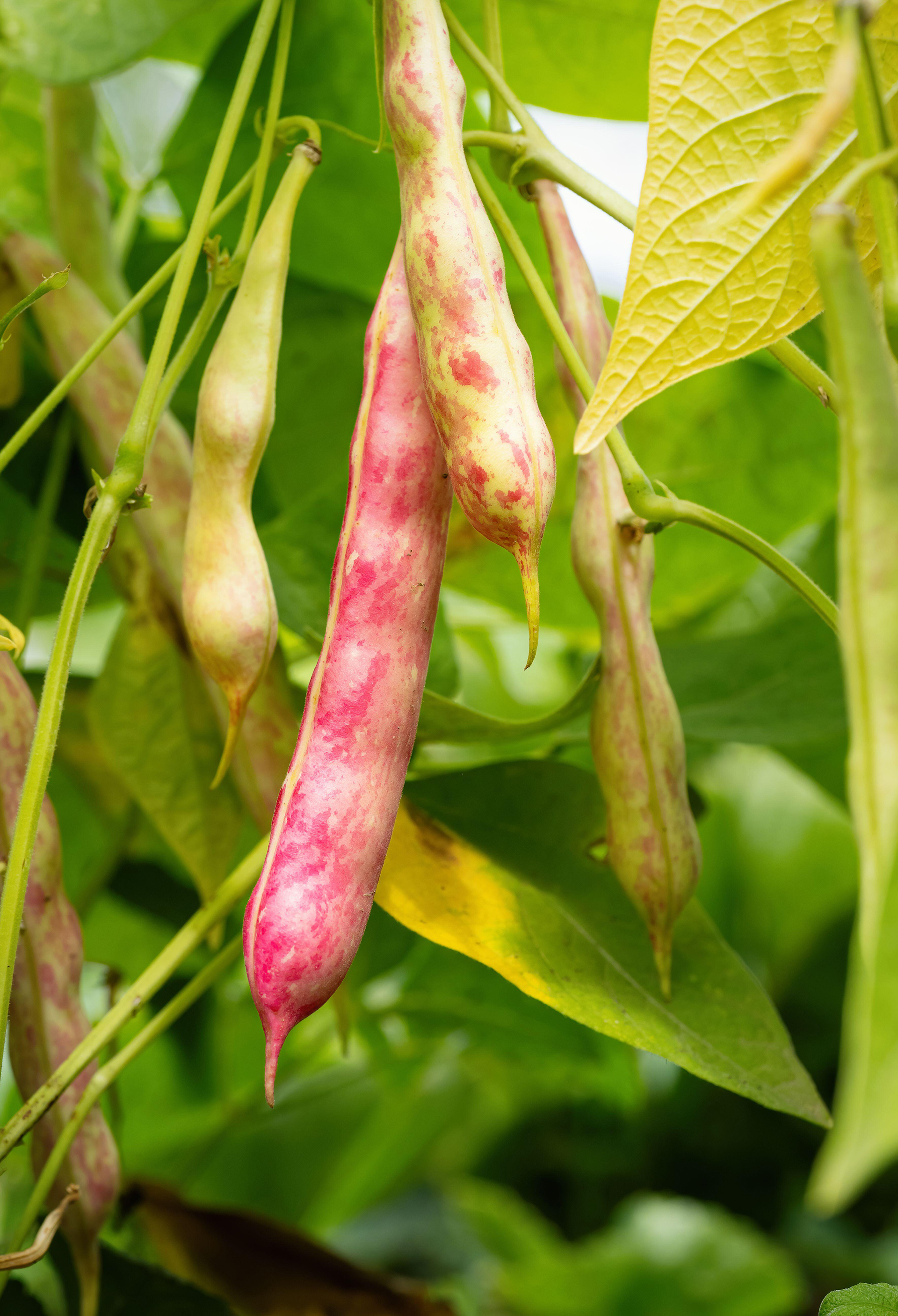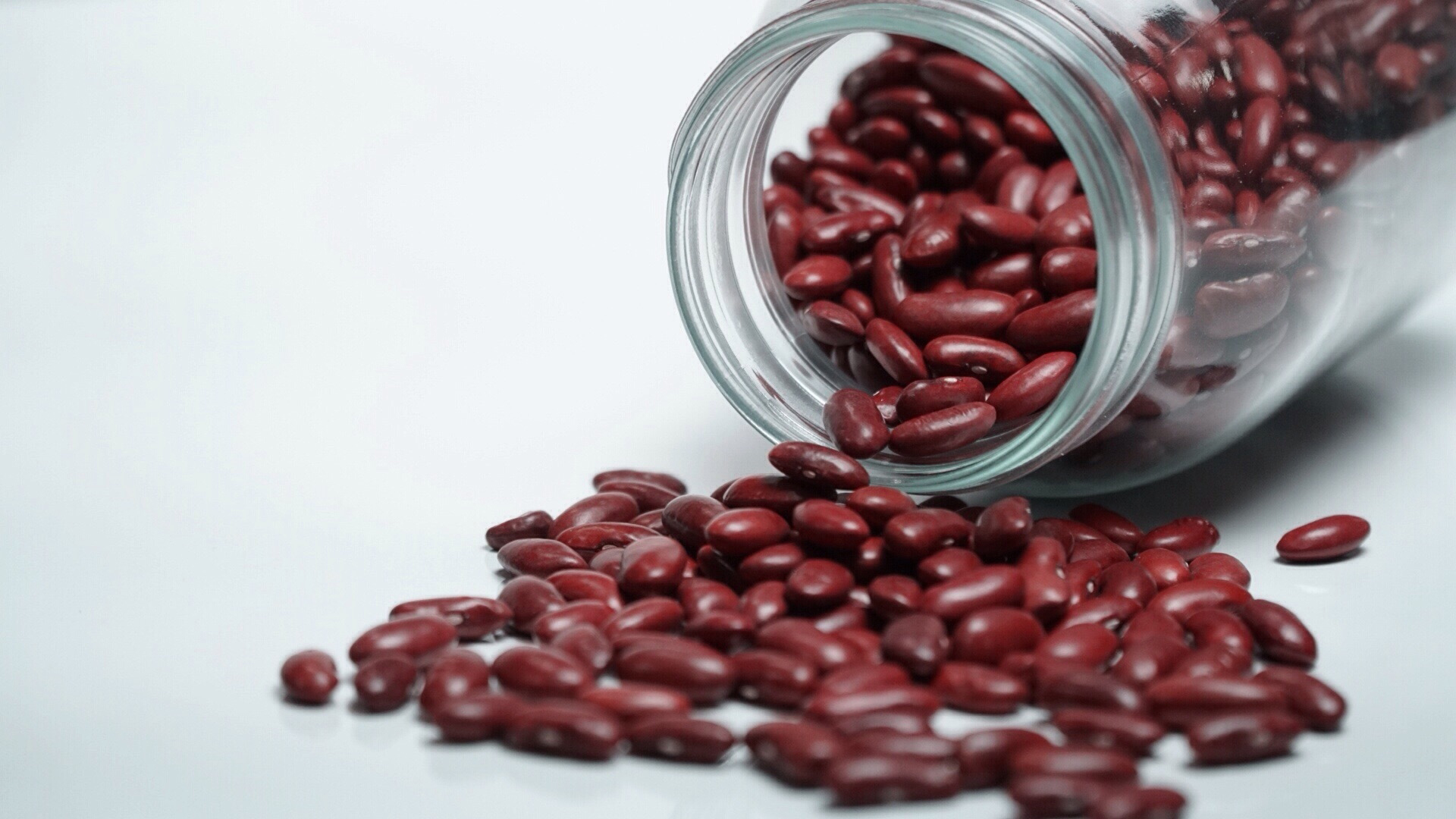How to grow kidney beans – a healthy inclusion to the home garden
Discover how to grow kidney beans – and enjoy a continuous supply of delicious, nutritious legumes


Learn how to grow kidney beans for a versatile ingredient that’s packed with flavor and goodness.
Kidney beans are a fantastic source of protein and dietary fiber, and are rich in nutrients including iron, vitamin B6 and folic acid. Eating them regularly can help to control blood sugar levels as they are low on the glycemic index, and they can even reduce cholesterol when eaten in place of meat.
So much more than a staple of hearty chilis, kidney beans can be enjoyed in salads, stews and soups. They can also be dried and stored for year-round use, making them a fantastic addition to your kitchen garden ideas.
Kidney beans are easy to grow, but you do need to consider whether your local climate is suitable. 'They grow well in temperate climates, and love a temperature range of around 59-77°F (15-25°C),’ says Aditya Abhishek, a horticultural expert for Agriculture Review.
Bear in mind that kidney beans must be properly cooked before eating, as they contain lectin, which can cause sickness if not diminished through boiling.

How to grow kidney beans – step-by-step guide
Ideally you should sow your kidney beans in the spring. ‘Generally you can sow seeds from February to March for a good germination rate,’ says Abhishek. ‘However, this can vary according to local climate. In hot tropical areas, you can start sowing seeds from mid October to November.’
The key issue when deciding when to plant kidney beans, is whether the soil feels warm enough. ‘Kidney beans love warm soil, so they should be planted only after the last frosts – otherwise, they will rot,’ says Emilly Barbosa Fernandes, small space gardener at HouseGrail.
Design expertise in your inbox – from inspiring decorating ideas and beautiful celebrity homes to practical gardening advice and shopping round-ups.
- First, choose a good site to sow your kidney beans. ‘Select a spot that receives at least 6 to 8 hours of direct sunlight each day. This will help in good vegetative growth and reduce the risk of pests and diseases,’ says Abhishek. ‘You need well-drained, loose soil that is rich in organic matter – soil pH in the range of 6.0 to 7.0 is ideal.’
- It’s important to space the plants to give them enough room to grow, as kidney beans do not like to be transported. ‘Grow pole beans at least 4 inches apart and increase that to 8 inches apart for bush kidney beans,’ explains Jason White, CEO of All About Gardening.
- To maximize chances of success, plant two seeds close to each other, and remove the weaker seedlings as they grow. ‘Sow the seeds 1-2 inches deep to guarantee that the plant will stay firmly in the ground,’ says Barbosa Fernandes. ‘Otherwise, wind or rain will easily break shallowly planted plants.’
- Cover the kidney beans with soil, firm the ground and water them lightly.
- The seeds should germinate within two weeks, but it will take a little time before your beans are ready to harvest. ‘It will take around 100-140 days for the plant to mature, and to produce kidney beans,’ says Abhishek.
- Keep the plants moist, but do not over water them. ‘Kidney beans only need minimal care, so avoid watering them constantly,' says White. ‘Add a layer of mulch to help in retarding weeds and to maintain moisture in the soil.’
It is better to grow kidney beans in the ground, but if you choose a pot of at least 12-inch diameter, they can make a good vegetable garden container idea. Plant one seed per pot.

Do kidney bean plants need support?
Pole varieties of kidney beans will require support as they grow, so investigate one of the many vegetable garden trellis ideas.
The most simple solution is to add a cane close to the planting hole, when sowing the seeds. You can then tie in the vines as they grow.
If you are growing a bush variety of kidney bean, then the plants won’t require much support, but do keep an eye on them in bad weather.
Which variety of kidney bean?
When investigating how to grow kidney beans, there are a number of varieties to choose from, but bear in mind that some are more susceptible to viruses than others.
‘By picking the right varieties you will have better chances to have a good, healthy harvest,’ says Barbosa Fernandes. ‘I advise beginners to pick the kidney bean varieties that are less prone to mosaic viruses such as NY-15 and BY-1.
‘If you want to plant dark red kidney beans, Montcalm is a good variety that is resistant to viruses. Redkloud, Ruddy, and Redkote are good varieties of light red kidney beans that are resistant to major kidney beans viruses.’

How to harvest kidney beans
You can harvest kidney beans when the pods are plump with well-formed beans – at this stage the pods will have yellowed and the beans will feel quite hard.
One of the benefits of growing kidney beans is that they can be dried and stored away for future use. To do this, remove the plants from the ground and hang them upside down in a dark, dry area.
It will take anything from a few days to a couple of weeks to cure the beans, at which stage you can remove them from the pods and store in an airtight container.
To rehydrate dried kidney beans, soak them in water for at least 8 hours, followed by a good rinse. Then, before eating them you must cook them to destroy the lectin – this requires a minimum boiling time of 10 minutes.
How long does it take to grow a kidney bean?
It takes anywhere from 3-5 months to grow kidney beans from seed to harvest, but germination will happen in as little as a few days.
‘Sprouting typically takes at least five days, but the length of time varies with temperature. Generally speaking, warmer temperatures make beans grow faster,’ says Pascal Harting from Gardening Lord.
Are kidney beans easy to grow?
Kidney beans are easy to grow if you live in a mild climate and have fairly neutral soil. They are low-maintenance plants, and do not like being over-watered.
Kidney bean issues
Keep an eye out for pests when growing kidney bean plants. ‘Leafhoppers, slugs, aphids, and beetles are all attracted to kidney bean leaves,’ says Barbosa Fernandes. ‘Handpicking and organic pesticides are the ideal methods to get rid of these pests.’
If aphids are present, you can easily make your own treatment spray using a very weak concentration of dish soap.
'While watering kidney bean plants, avoid wetting of leaves as it can promote fungal infection in the plant,' adds Abhishek.

Melanie has worked in homes and gardens media for two decades. Having previously served as Editor on Period Living magazine, and worked on Homes & Gardens, Gardening Etc, Real Homes, and Homebuilding & Renovating, she is now focusing on her passion for gardening as a Senior Editor at Gardening Know How. As a keen home grower, Melanie has experimented with pretty much every type of vegetable at some point – with mixed results. Often it is the simplest things that elude you, which may explain why she just can't seem to master zucchinis.